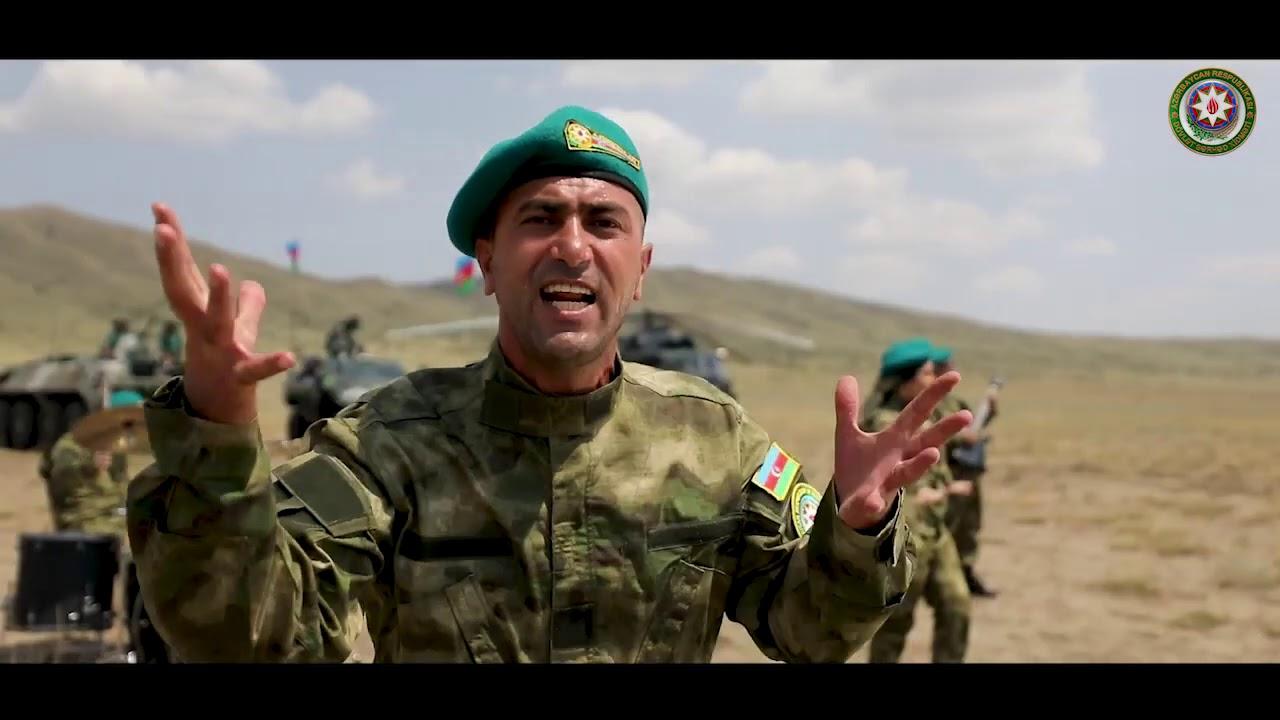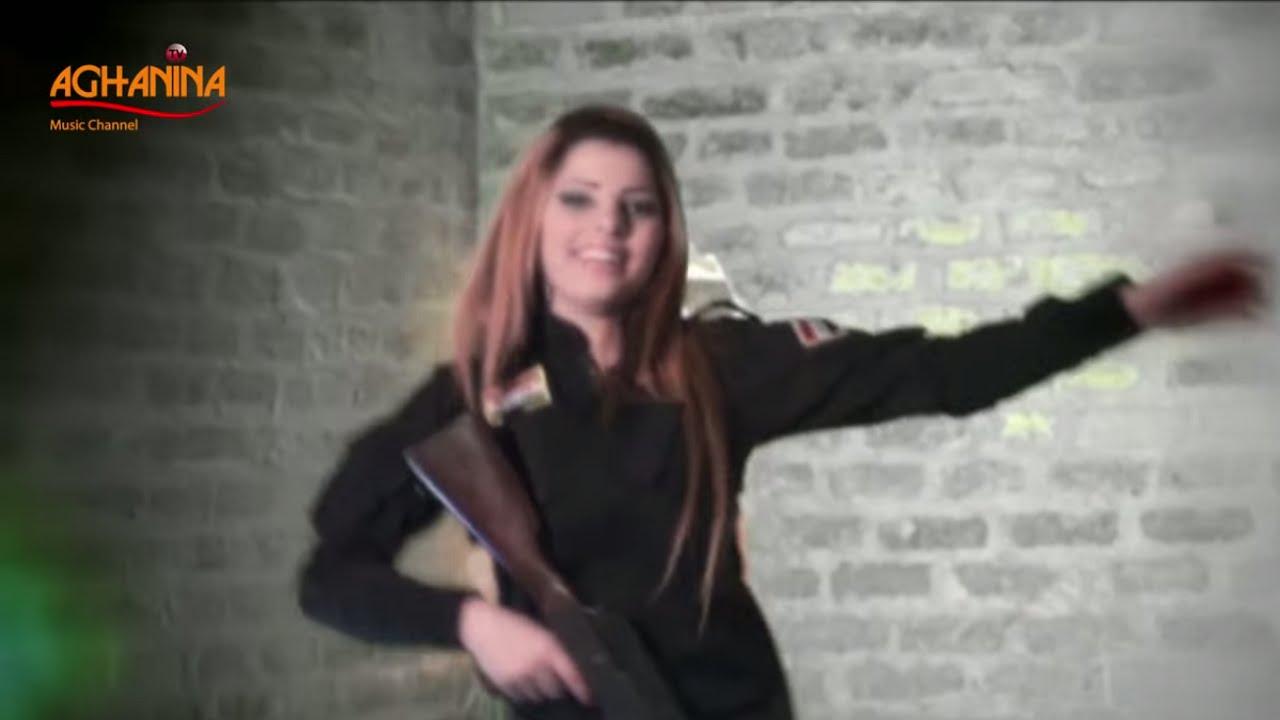Bombing to the rythm of Drums: how music videos have become a technology of war
Assault helicopters roar through the skies as black smoke rises from burning tires. A female singer enters. Standing at the frontline with her band, dressed in military fatigues and protection helmet, she sports bright red lips and long coiffured hair. While military vehicles fire rounds to the joyful beat she enthusiastically she repeats a melodic chorus:
Hate, hate the enemy. Mission to the target. Respect for our country!
This is a music video produced by Azerbaijani border forces. It went viral with millions of views just as open war broke out in Nagorno-Karabakh this September. However, in social media comments sections, the juxtaposition of the pop band and the violent military hardware was deemed bizarre and unethical. The seemingly odd celebration of war and military life led many commentators to infer that this video genre was a peculiar invention of Azerbaijan, supposedly unknown to the West.
War music videos as military technology
In reality, war music videos are no strangers to European or American militaries and publics. This hybrid genre was widely popularized by US soldiers in the early 2000s, while fighting in Afghanistan and Iraq. Filming with their mobile phones, many edited in heavy music over their grainy footage of the battlefield whilst back at base. These videos then went on to be widely shared, becoming so popular — and effective — that the US military started producing their own. Today, war music videos have become a global phenomenon. From Russia, Turkey, and Iraq to Colombia and the US, governments, militia leaders and soldiers are all engaged in war music video making.
In a recent article for International Affairs, I argue that these videos cannot be written off as mere propaganda. Rather, they are part of the very materiality of armed conflict. They work as technologies of war, with profound consequences for how we fight and know wars. How so? War music videos serve as recruitment, training and motivational tools. Before, and sometimes during battle, soldiers listen to war music videos to pump themselves up and make them ready for fighting. While home at base or after deployment, war music videos are also used to help soldiers relax and fend off boredom. The US military even uses music videos for training purposes when recruits arrive at base. In all these cases, war music videos work on soldiers’ senses and expectations, visually and audially framing war in distinct ways by powerfully evoking certain emotions, such as joy, excitement or strength. They are, in short, a technology that prepares soldiers to endure war in a similar manner to physical training exercises, night googles or war video games.
War music videos beyond the military: knowing war
This said, war music videos also have an impressive audience that reaches well beyond the military. They are widely watched and shared online by civilians in soldiers’ home communities. One Iraqi music video for instance (below) became so popular that the tune was requested at weddings. Different video versions of Metallica’s ‘For Whom the Bell Tolls’, have millions of views on YouTube. In this way, war music videos help produce our knowledge of war. They effectively narrate war for us, telling us who our enemies are and why we fight them. By placing us within the soldier’s point of view, they recruit us into the soldier’s moral geography, while shielding us from the grim sounds of the wounded or the human face of the enemy.
Music and sound, as I elaborate in the International Affairs article, play paramount roles in these videos. They help create different aesthetic moods and steer us towards certain emotions. Compare, for instance, the mood of this more sentimental video with this more aggressive version of the same footage. Music can create a transgressive space, where we do not really sense the words of the lyrics, or the potential immorality of the imagery. Our bodies may move to the rhythm of the beat, or sing along to a catchy tune, without entirely noticing what we are experiencing. In this way, war music videos transgress ordinary political or normative boundaries, and make warfare seem palatable, beautiful or exciting.
Knowing war or training for war through such music videos is therefore far from politically inconsequential. Within these audio-visual frames, wounded or weeping bodies are invisible and silent while fear of dying and killing is erased. Missiles hit invisible targets, soldiers heroically save little girls, and their home communities cheer them on in forceful unity. In an age where warfare has become increasingly remote for most states in the global north such videos subtly contribute to the unbearable lightness of war. For us as spectators, this makes it all the more important to understand the politics of such videos and to investigate the lived experiences of armed conflict that they so effectively obscure.
Helle Malmvig is a Senior Researcher at the DIIS - Danish Institute of International Studies.
This article was originally published as an International Affairs blog post
Her article, ‘Soundscapes of war: the audio-visual performance of war by Shi’a militias in Iraq and Syria’, was published in the May 2020 issue of International Affairs.
DIIS Experts




